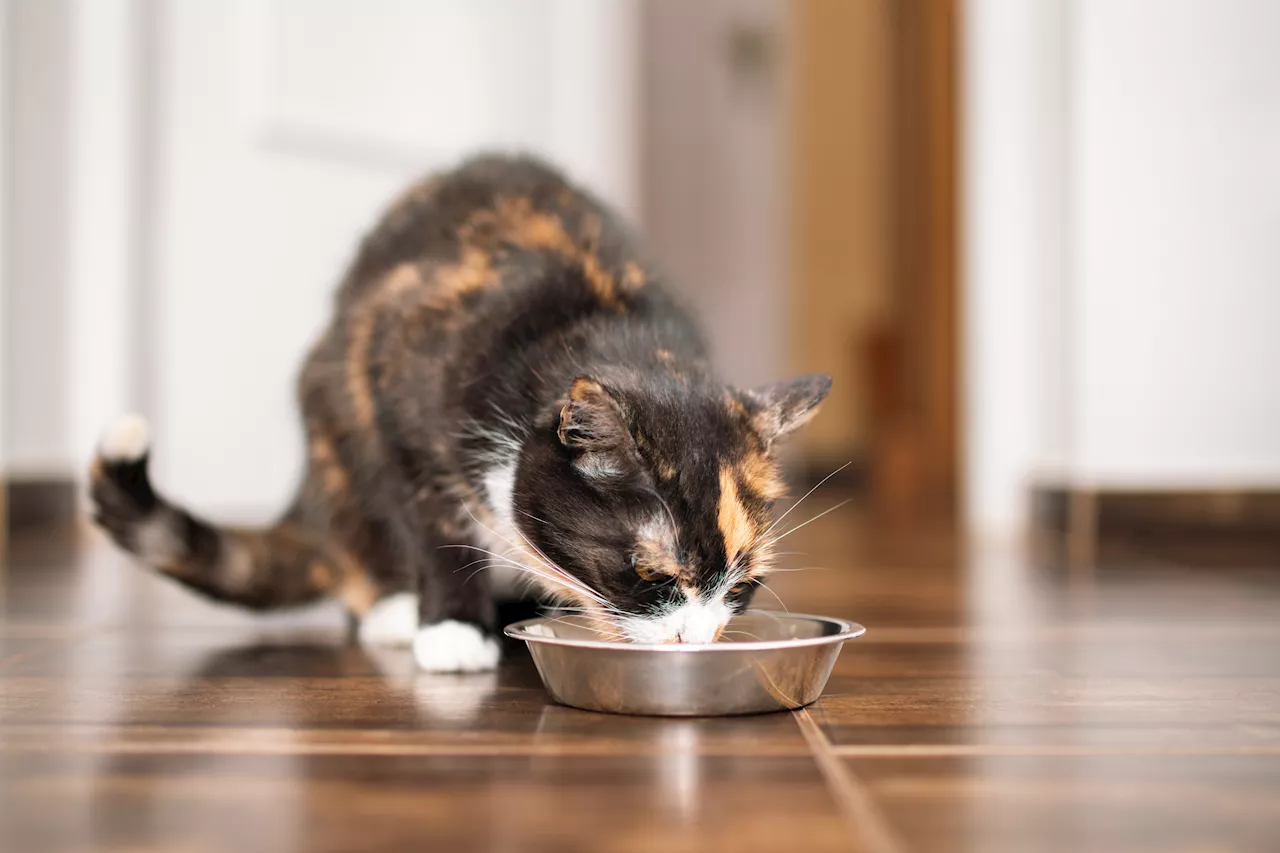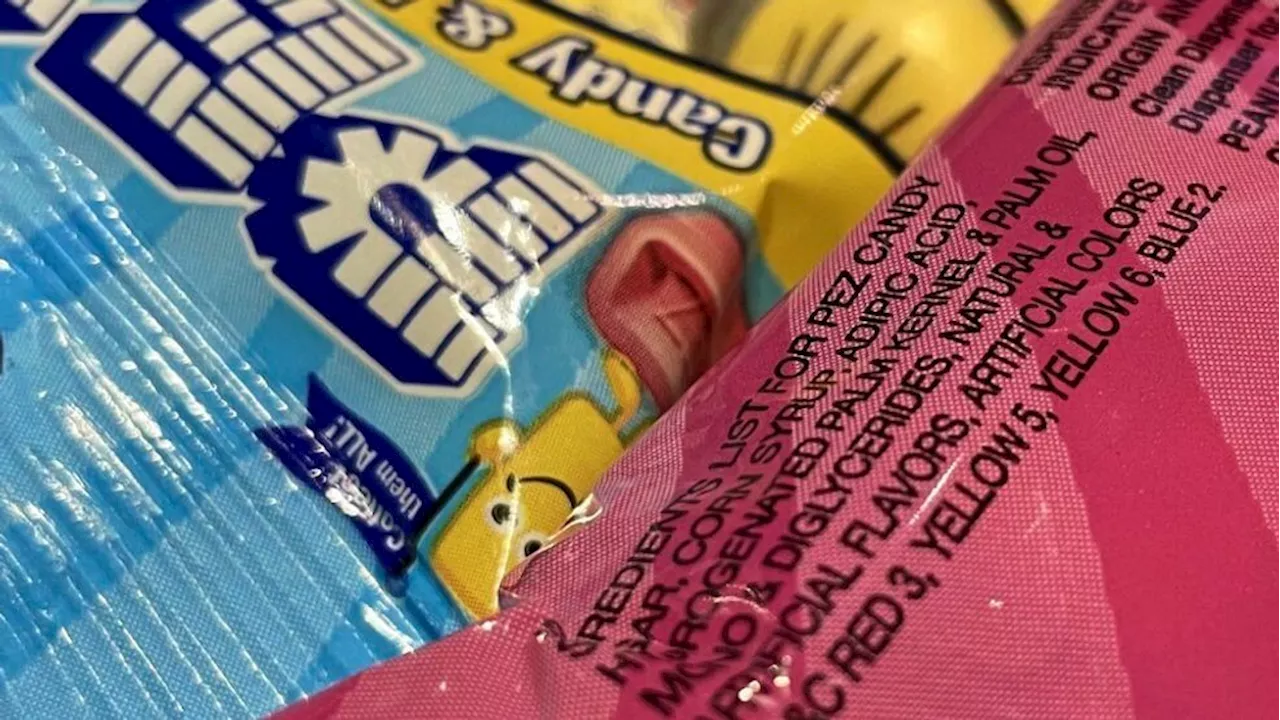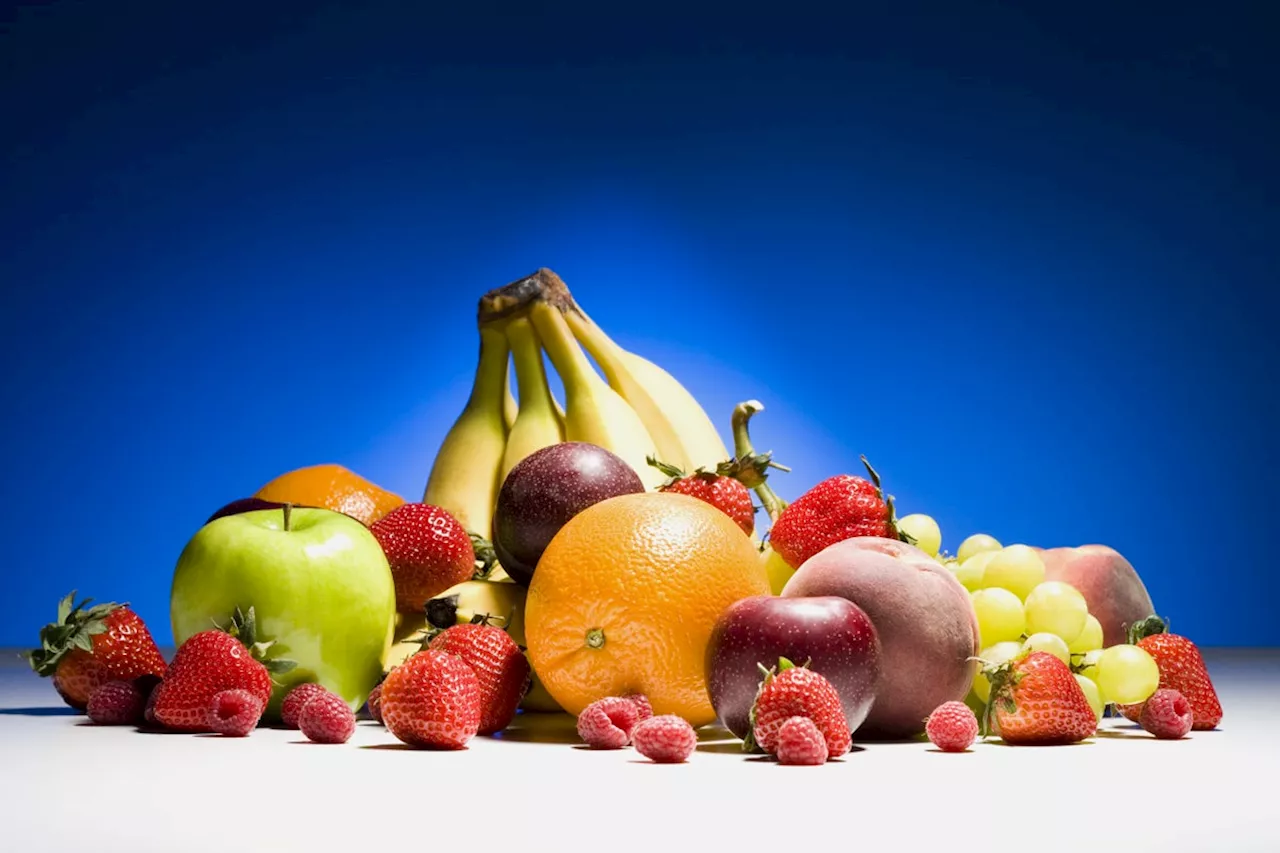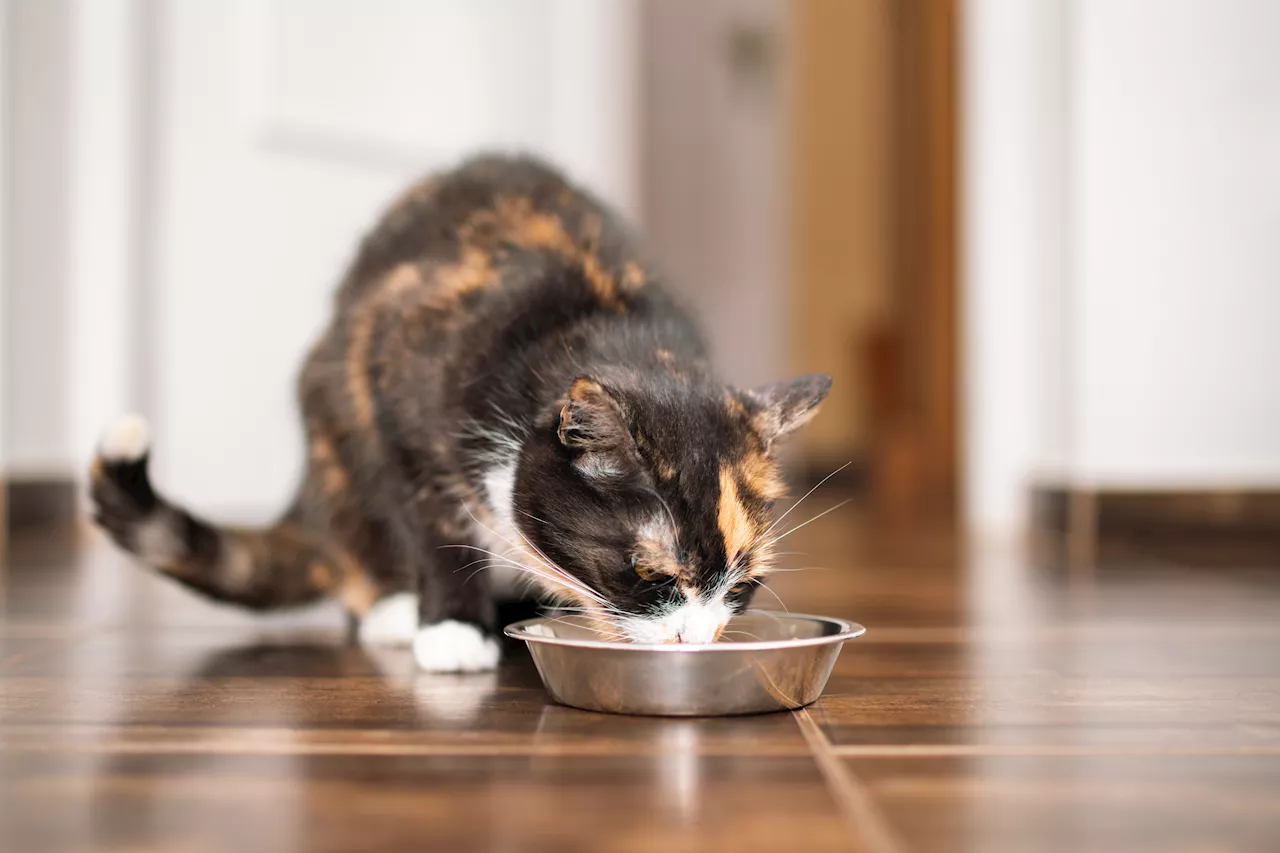The Food and Drug Administration has issued a warning to pet food companies about the risk of H5N1 bird flu contamination in raw pet food and milk, urging them to take extra precautions to protect against the virus. Cats are particularly vulnerable to H5N1, and the FDA recommends that pet owners carefully consider the risks before feeding their animals uncooked meat or raw pet food.
Health officials have issued a warning to pet food companies regarding the risk of H5N1 bird flu contamination in raw pet food and milk. The Food and Drug Administration ( FDA ) has advised manufacturers to implement extra precautions in their food safety plans, such as sourcing ingredients from healthy flocks and herds and using heat treatment to inactivate viruses.
Cats appear to be particularly vulnerable to H5N1, with numerous domestic and feral cats contracting the virus since the outbreak began in 2022. Several recent investigations have linked H5N1 transmission to cats through contaminated unpasteurized milk or uncooked meat. The FDA emphasizes that H5N1 can be fatal to both cats and dogs, urging pet owners to carefully consider the risks before feeding their animals uncooked meat or raw pet food. The FDA recommends heat treatments for inactivating H5N1 in meat, milk, and egg products. Consumers are advised to follow safe handling and thorough cooking guidelines for raw meat. Pets should also be prevented from hunting and consuming wild birds. While compliance with the FDA's guidance is voluntary, the agency could potentially implement stricter regulations if the number of cases increases. This could include requiring pathogen inactivation treatments for commercially available pet foods, regular testing, and warning labels on raw food products highlighting the risk of foodborne illness in pets and humans handling them.
H5N1 Bird Flu Pet Food FDA Raw Food Cats Dogs Food Safety Virus Contamination
United States Latest News, United States Headlines
Similar News:You can also read news stories similar to this one that we have collected from other news sources.
 Los Angeles officials warn against raw pet food as H5N1 bird flu infection in cat confirmedThe H5N1 bird flu virus has been found in samples of Monarch Raw Pet Food, and a cat that ate the food is confirmed to have been infected.
Los Angeles officials warn against raw pet food as H5N1 bird flu infection in cat confirmedThe H5N1 bird flu virus has been found in samples of Monarch Raw Pet Food, and a cat that ate the food is confirmed to have been infected.
Read more »
 FDA Advises Pet Food Companies to Combat Bird Flu RisksThe FDA has issued guidance to pet food companies urging them to implement measures to prevent the contamination of pet food with the H5N1 bird flu virus. The move follows recent cases of cat illnesses and deaths linked to raw pet food or raw milk contaminated with the virus. The FDA recommends sourcing ingredients from healthy flocks and herds, and using heat treatments to inactivate viruses in pet food.
FDA Advises Pet Food Companies to Combat Bird Flu RisksThe FDA has issued guidance to pet food companies urging them to implement measures to prevent the contamination of pet food with the H5N1 bird flu virus. The move follows recent cases of cat illnesses and deaths linked to raw pet food or raw milk contaminated with the virus. The FDA recommends sourcing ingredients from healthy flocks and herds, and using heat treatments to inactivate viruses in pet food.
Read more »
 U.S. Bans Red 3 Dye from Food Supply Over Cancer RiskThe Food and Drug Administration (FDA) has banned the use of Red 3 (erythrosine, FD&C Red No. 3) in food, citing potential cancer risks based on studies conducted on laboratory rats. This ban follows a petition filed by food safety and health advocates and is effective until January 2027 for food manufacturers and January 2028 for drug makers. Despite some legal challenges anticipated, the decision emphasizes the FDA's commitment to public health and minimizing exposure to potentially harmful substances in the food supply.
U.S. Bans Red 3 Dye from Food Supply Over Cancer RiskThe Food and Drug Administration (FDA) has banned the use of Red 3 (erythrosine, FD&C Red No. 3) in food, citing potential cancer risks based on studies conducted on laboratory rats. This ban follows a petition filed by food safety and health advocates and is effective until January 2027 for food manufacturers and January 2028 for drug makers. Despite some legal challenges anticipated, the decision emphasizes the FDA's commitment to public health and minimizing exposure to potentially harmful substances in the food supply.
Read more »
 FDA Bans Red Dye No. 3 in Food ProductsThe U.S. Food and Drug Administration (FDA) has banned the use of Red Dye No. 3 in food products, citing concerns about its potential health risks. This move aligns with similar bans in California and other countries. While this is a significant step towards reducing artificial food dyes in the food supply, it's not a complete ban on all artificial food dyes. The FDA will continue to monitor other approved dyes for potential risks.
FDA Bans Red Dye No. 3 in Food ProductsThe U.S. Food and Drug Administration (FDA) has banned the use of Red Dye No. 3 in food products, citing concerns about its potential health risks. This move aligns with similar bans in California and other countries. While this is a significant step towards reducing artificial food dyes in the food supply, it's not a complete ban on all artificial food dyes. The FDA will continue to monitor other approved dyes for potential risks.
Read more »
 FDA Advises Pet Food Companies to Take Precautions Against Bird FluThe FDA recommends pet food manufacturers take extra precautions to prevent bird flu contamination in raw pet food and milk. Cats appear particularly vulnerable to the H5N1 virus, with numerous cases of illness and death reported since the outbreak began in 2022. While the FDA's guidance is voluntary, it suggests sourcing healthy ingredients and using heat treatment to inactivate viruses. Experts emphasize that cooking is the most effective way to ensure pet food safety.
FDA Advises Pet Food Companies to Take Precautions Against Bird FluThe FDA recommends pet food manufacturers take extra precautions to prevent bird flu contamination in raw pet food and milk. Cats appear particularly vulnerable to the H5N1 virus, with numerous cases of illness and death reported since the outbreak began in 2022. While the FDA's guidance is voluntary, it suggests sourcing healthy ingredients and using heat treatment to inactivate viruses. Experts emphasize that cooking is the most effective way to ensure pet food safety.
Read more »
 FDA Redefines 'Healthy' Food LabelThe FDA has updated its definition of 'healthy' for food labels, prioritizing whole foods and restricting added sugars and saturated fats. This change impacts breakfast cereals and other processed foods, while allowing fruits and vegetables to qualify as 'healthy'.
FDA Redefines 'Healthy' Food LabelThe FDA has updated its definition of 'healthy' for food labels, prioritizing whole foods and restricting added sugars and saturated fats. This change impacts breakfast cereals and other processed foods, while allowing fruits and vegetables to qualify as 'healthy'.
Read more »
